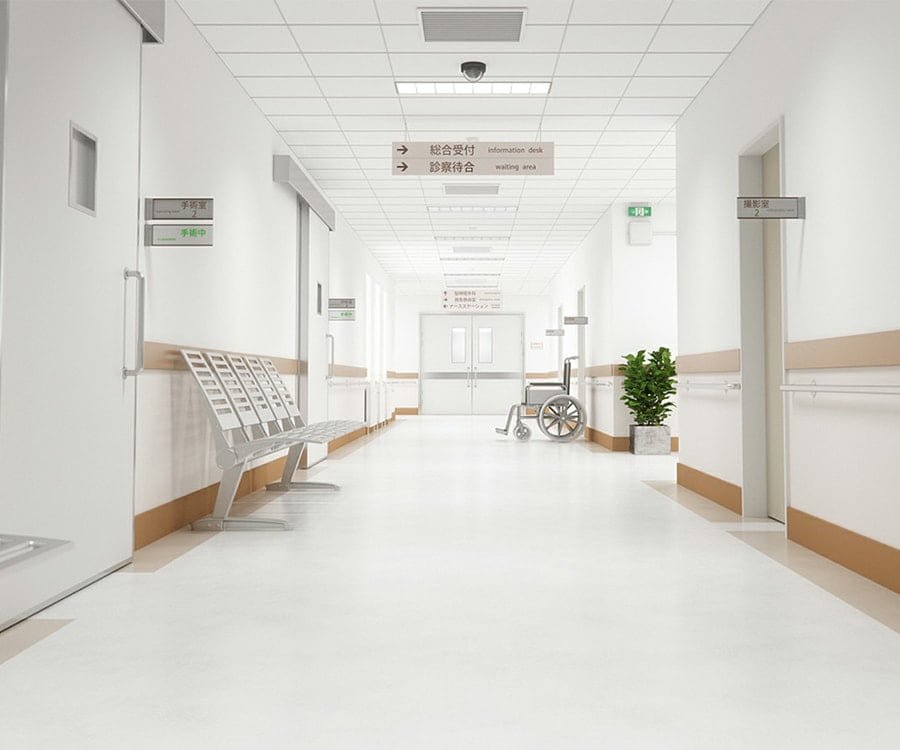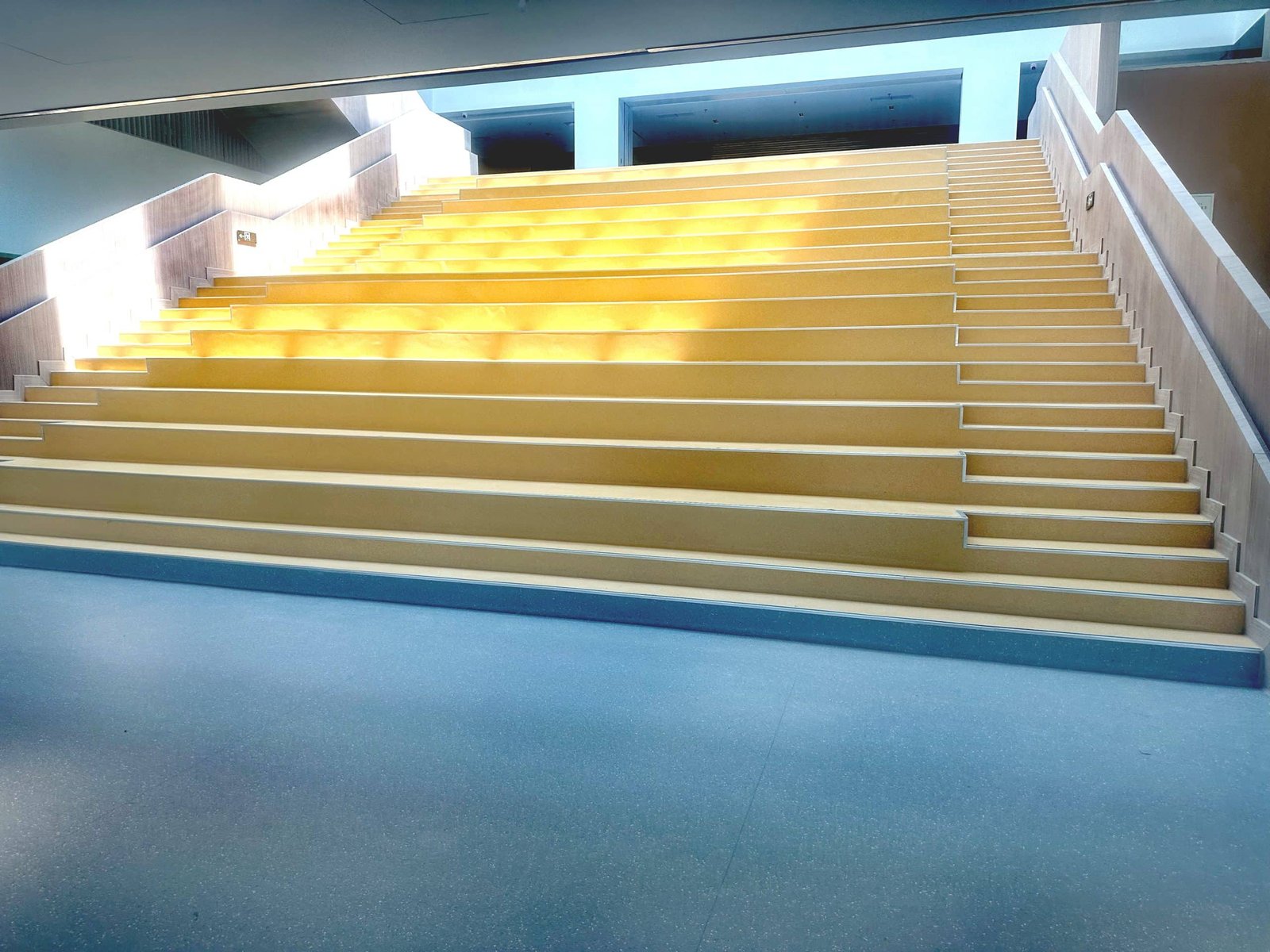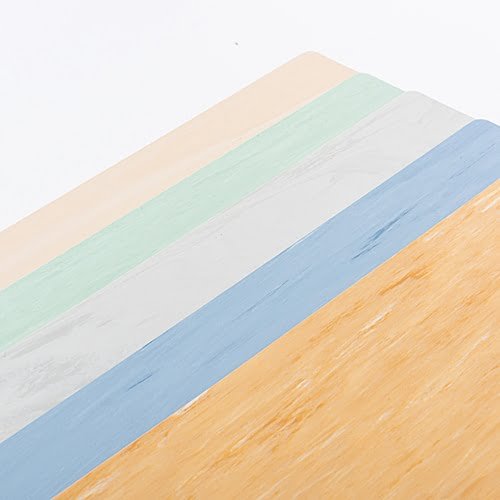
The choice of flooring materials has always been a relatively important part of the decoration, and the floor of the material style function is also diverse, in addition to our familiar tiles, wood flooring, etc., when there are many new decorative materials, than the PVC homogeneous translucent flooring, rubber flooring and so on. Floor material more, not familiar with the buyer is very easy to confuse, that pvc homogeneous flooring and rubber flooring difference is what? Homogeneous permeable flooring professional manufacturer – Jin Yi Yuan give you the answer:
What is pvc homogeneous flooring?
PVC flooring is very popular in today’s world of a new type of lightweight floor decorative materials, also known as “lightweight flooring materials”. Is a popular product in Europe and the United States and Asia, Japan and South Korea, popular abroad, from the early 80’s began to enter the Chinese market, so far in the domestic large and medium-sized cities has been generally recognised, the use of a very wide range of places, such as families, hospitals, schools, office buildings, factories, public places, supermarkets, businesses, stadiums and other places. “PVC flooring” refers to the use of polyvinyl chloride material production floor. Specifically, polyvinyl chloride and its copolymer resin as the main raw material, adding fillers, plasticizers, stabilizers, colouring agents and other auxiliary materials, on a sheet-like continuous substrate, through the coating process or by the calendering, extrusion or extrusion process to produce.
What is rubber flooring?
Rubber flooring is flooring made of natural rubber, synthetic rubber and other components of polymers. Styrene butadiene, high benzene, and cis-butadiene rubber are synthetic rubbers, which are petroleum by-products. Natural rubber is rubber tapped from artificially cultivated rubber trees. In appearance, the rubber flooring colour is sharp and bright, giving a very spiritual feeling, for those who are ready to exercise is even more refreshing. And its texture is also as soft as rubber, when others in sports step on the rubber flooring, there will be unlimited power and bounce, very suitable for sports as a sports occasion padding.
Composition and production process is different:
Rubber flooring is divided into homogeneous and non-homogeneous. Homogeneous rubber flooring refers to artificial rubber or synthetic rubber as the basis, colour, composition of the same single layer or multi-layer layout vulcanised into the floor; non-homogeneous rubber flooring refers to the floor to artificial rubber or synthetic rubber as the basis, the layout of the layout of a wear-resistant layer and the rest of the composition and/or conception of a different composition of the compaction layer composition, the compaction layer contains a skeleton layer.
The production of PVC homogeneous flooring requires the mixing of PVC resin with fillers, additives, etc., and the mixture is extruded through an extruder into a specific thickness and width, forming the base layer of homogeneous permeable rolled plastic flooring. The extruded base layer is then put into a hot press for hot pressing to ensure the flatness and stability of the floor. This is followed by rapid cooling through a cooling unit to allow the flooring to cure and retain its shape. After cooling, a UV coating or hot press coating is applied to the surface of the flooring to enhance its wear and stain resistance. This coating protects the flooring from everyday use and contaminants, extending the life of the flooring.
There is a difference in colour: rubber flooring colouring is more difficult, because rubber has a strong colour absorption, so most of the rubber flooring colour is relatively single; and PVC flooring is very colorful, can be any combination, can give the designer more choices.
Market demand and abrasion-resistant strength of the difference: rubber flooring due to the high price, only in some high-end places to use, the scope is relatively small; and PVC flooring due to its ultra-high cost-effective and therefore very widely used, the market potential is huge. In addition, rubber flooring wear resistance is stronger, in airports, stations and other places with a lot of traffic, as well as aircraft, trains, subways, cars, ships and other means of transport is very suitable.
There is a difference in the degree of difficulty of installation: PVC homogeneous flooring texture is lighter, easy and fast installation; rubber flooring is very heavy, installation is more laborious. And rubber flooring installation method requirements are more stringent, if the method is not right there will be bubbles, the requirements of self-levelling foundation is more perfect, otherwise it will exaggerate the defects of the grass-roots level.
In order to ensure that the self-levelling mixing is well-proportioned, it is necessary to apply a high-power, low-speed electric drill with a communal mixer for mixing. Stir until the homogeneous slurry without particles, leave it to stand for 3 minutes and stir again.
PVC homogeneous flooring and rubber flooring are suitable for public places (especially sports venues) floor decoration materials, so buyers will be easy to confuse the two kinds of flooring, but no matter from the composition, appearance and installation of the two aspects of the existence of certain differences. If you still can not distinguish, or want to know more, welcome to the JinYiYuan expert advice.
The difference between PVC flooring and rubber flooring:
Composition and production process is different: rubber flooring is divided into homogeneous and non-homogeneous. Homogeneous rubber flooring refers to natural rubber or synthetic rubber as the basis for the colour, composition of the same single layer or multi-layer structure vulcanised into the floor; non-homogeneous rubber flooring refers to the floor to natural rubber or synthetic rubber as the basis for the structure of the structure, including a wear-resistant layer and the other in the composition and (or) design of the different compaction layer composition, the compaction layer contains a skeleton layer.
Difference in colour: rubber flooring colouring is more difficult, because rubber has a strong absorption of colour, so most of the rubber flooring colour is relatively single; and PVC flooring colour is very much, can be arbitrarily combined to give the designer more choices.
Market demand and abrasion-resistant strength of the difference: rubber flooring due to the high price, only in some high-end places to use, the scope is relatively small; and PVC flooring due to its ultra-high cost-effective and therefore very widely used, the market potential is huge. In addition, rubber flooring is more wear-resistant, in airports, stations and other places with a large flow of people, as well as aircraft, trains, subways, cars, ships and other means of transport is very suitable.
Installation difficulty degree of difference: PVC flooring texture is lighter, easy and fast installation; rubber flooring is very heavy, installation is more laborious. And rubber flooring installation method requirements are more stringent, if the method is not right there will be bubbles, the requirements of self-levelling foundation is more perfect, otherwise it will exaggerate the grass-roots defects.
PVC flooring and rubber flooring are some public places, especially the sports field used more floor decoration materials, so some people will be easy to confuse the two kinds of flooring, but no matter from the composition, appearance and installation and other aspects of the two are there are certain differences, these small editors in the text have been introduced to you, you can pay attention to the distinction.






